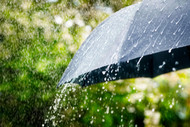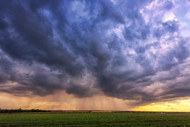Weather Patterns and Turfgrass Maintenance
Nov 3rd 2023
The homestretch of summer has taken hold in the southeast, with multiple day stretches of temperatures in the upper-90s. While temperatures have been scorching, summer rainfall has been frequent a
…




